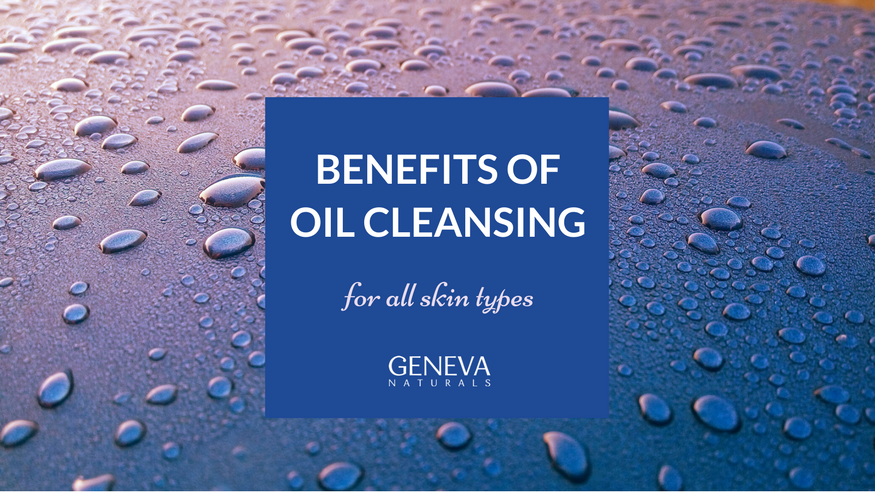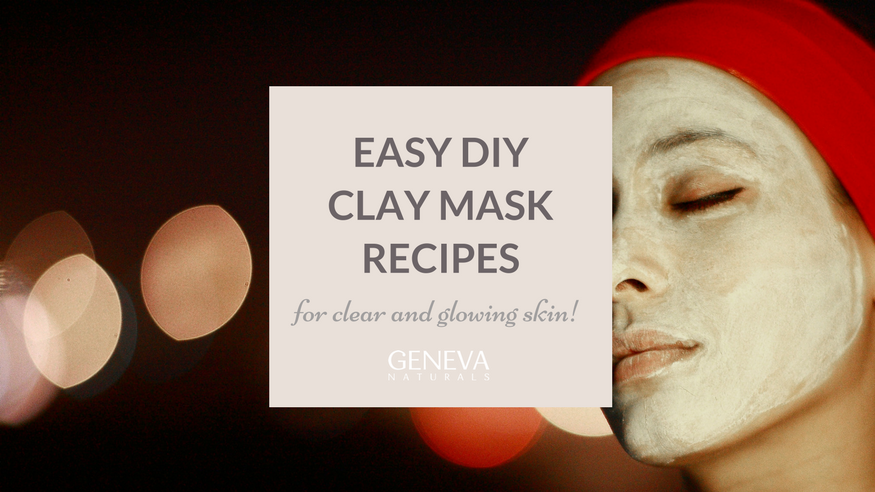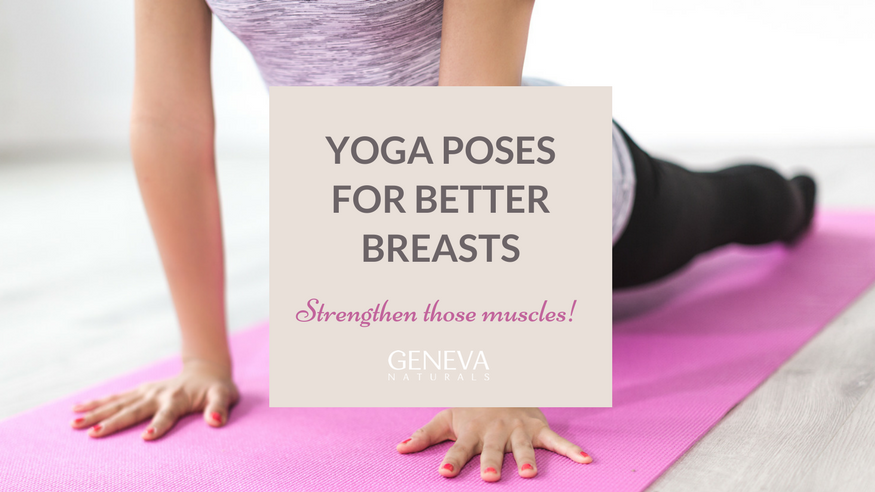Benefits of Oil Cleansing


It is common knowledge that cleansing your skin is one of the most important steps in a skin care routine. However, many cleansers can actually irritate your skin, due to harmful ingredients and drying effects. These products dry out our natural oils, causing our skin to compensate by producing excess oil. In a panic, we apply cleanser than dries out our skin - a vicious cycle. This is why the oil cleansing method is gaining popularity, especially for those with oily skin.
Treating oil with more oil? Before you discount oil cleansing entirely, consider this: your body's oil mixed with dead skin cells and bacteria you accumulate during the day leads to clogged pores and breakouts. By replacing the bad oils with good oils, you eliminate the acne-causing bacteria and nourish the skin. And the great news? Oil cleansing can work with any skin type!
How does oil cleansing work?
Basically, you mix up some oils, slather them all over your face and massage it around. Lastly, wipe your face with a warm, damp washcloth. The end.
Wait… what? Think back to your days in high school chemistry and you may remember an expression “like dissolves like”. The premise is that using one like solvent can essentially dissolve the other. For example, water will not dissolve oil because they are not like solvents. So the idea is that using good oils to nourish and replenish the skin, will in effect, dissolve and wipe away the bad oils and dirt clogging your pores and causing breakouts.
Forget the suds and lather, no chemicals or artificially processed ingredients – just pure, natural oils.
How to Oil Cleanse
Watch this video from Holistic Habits as she teaches you how to properly use the oil cleansing method:
First, start with two different oils. The primary and most important is castor oil. It can be found online or in your local drugstore. It has anti-inflammatory properties, but is also effective at cleansing and healing. But a little bit goes a long way.
Because of its potency, castor oil should be diluted with another, thinner oil, which is no less nourishing. There are many options you can read about below depending on the skin needs you have. The key is to choose organic, cold-pressed, natural, seed or nut oils because they contain vitamins and fatty acids that are good for your skin.
Once you have your oil, the process of oil cleansing can begin. This process is generally done in the evening prior to going to bed. The morning after, you can simply wipe your face with a warm washcloth. The steps are as follows:
- Gather your supplies – a soft washcloth, oil blend and hot, running water.
- Appy the oil - Pour a generous amount of the oil mixture into your hand and rub together gently warming the oil. Smooth the oil all over your face.
- Massage the oil into your skin. Sunscreen, dirt, makeup, buildup and other impurities will be eliminated.
- Slowly massage the oil deeply into your skin, concentrating on areas that generally have more problems or are more acne prone.
- Allow your mind to wander and relax, take deep breaths and feel stress leaving your body along with the impurities of your skin. You can even sit or lie down. Allow the oil enough time to dissolve the impurities.
- Soak a washcloth in steamy, clean water. Warm water helps to soften your pores and remove the oil more effectively.
- Place the washcloth over your face until it cools. You may feel your skin releasing and softening. Gently wipe away the oil using the damp washcloth and then rinse in the hot water. Do this process 2 or 3 times until you feel you’ve adequately removed any excess oil from your face. You don’t need to scrub your face with the washcloth. You can still get the results you want without the added level of exfoliation and irritation to your skin.
- If your skin feels a little tight, you can take a few drops of your oil blend and rub it between your hands to warm it and apply it to your clean, damp skin. Gently massage the added oil until no film is left on the surface of your face.
Additional Oil Cleansing Tips
You can complete the oil cleansing process regularly, but avoid using it too frequently. If you notice your skin is feeling drier, you may be doing it too much. Give yourself a few tries before your pores will start working properly again. You’ll notice a difference after just one use, but It may take a couple of weeks to see any major results of skin cleansing.
After a period of 2 to 4 weeks, you should notice a significant difference in your complexion. If you have not – try implementing these strategies:
- Don’t wash your face more than 2 times per day.
- Be consistent with the oil formula to allow your skin to adjust to the mixture.
- Change your pillowcase frequently.
- Keep your dirty hands away from your face!
- Introduce a natural toner to help remove additional bacteria without sacrificing moisture.
- You can also try using a clay mask on occasion, followed by your favorite moisturizer or a few drops of your oil blend.

What other oils can you use?
There are 9 common carrier oils that can be used in addition to castor oil.
Olive Oil
Most people have this in their kitchen, but it’s also exceptional cleaning oil and has been used since ancient times.
Jojoba Oil
Technically, jojoba oil is a wax, but it’s the consistency of oil. It’s molecular make up is not far off from our own skin’s natural oil, which makes this especially good for oily skin.
Avocado Oil
It’s especially good for extra dry skin or sensitive skin.
Sunflower Oil
This is an oil cleansing favorite because it works for all skin types. It will not clog your pores and has a consistency that compliments castor oil well.
Grapeseed Oil
It’s super light and easily accessible. Grapeseed oil can also be used for all skin types.
Hazelnut Oil
This is an astringent oil leaving the skin feeling dry, instead of oily. Individuals with especially oily skin are drawn to hazelnut oil.
Sweet Almond Oil
Almond oil is light enough without being overly greasy to your skin. But may not be the best option for those with acne prone skin because of its low comedogenic rating.
Sesame Oil
This oil is commonly used by those practicing Ayurveda in skin care. It’s a luxurious texture and super moisturizing for your skin.
Hemp Seed Oil
For those with breakouts and hormonal acne, hemp seed oil is the best combination with castor oil for individuals with sensitive skin.

Oil Combinations
Astringent oils have a tendency to be more drying to the skin and are more effective for combination or oily skin. They could be used in smaller amounts by those of you with dry skin, but be careful. Astringent oils shrink the appearance of pores and eliminate bacteria on the surface of your skin allowing the skin to remain hydrated and nourished. Astringent oils are hazelnut, castor, grapeseed and borage.
Conditioning oils are best for dry, dull or aging skin. They can also be used for all skin types, but less frequently because they may cause irritation to sensitive skin. Conditioning oils are avocado, almond, hemp seed or olive oil.
Consider these combinations depending on your skin type:
Normal Skin
- 2 Tbsp. castor oil
- 8 Tbsp. sunflower oil
Dry Skin
- 1 Tbsp. castor oil
- 3 Tbsp. sunflower oil
- 6 Tbsp. avocado oil
Acne Prone Skin
- 2 Tbsp. castor oil
- 4 Tbsp. sunflower oil
- 4 Tbsp. hemp seed or argan oil
Oily Skin
- 3 Tbsp. hemp seed oil
- 3 Tbsp. moringa oil
- 4 Tbsp. sunflower oil
Aging Skin
- 1 Tbsp. castor oil
- 1 Tbsp. sunflower oil
- 4 TBSP evening primrose oil
- 4 TBSP rosehip seed oil
Combination Skin (Oily and Dry)
- 1 Tbsp. rosehip oil
- 1 Tbsp. apricot kernel oil
- 4 Tbsp. jojoba oil
- 4 Tbsp. sweet almond oil

Pros of Oil Cleansing
- It’s great for your skin and has worked for so many people for a clearer, hydrated, glowing complexion
- It’s all natural
- Removes dirt, oil and makeup from your skin easily
- Helps to keep skin hydrated without eliminating the natural moisture in your skin
Cons of Oil Cleansing
- It can take anywhere from 2-4 weeks for your skin to adjust, so the outcome is not instantaneous.
- It is more time consuming than using the average facial cleanser
- It can be more expensive, depending on which type of oil mixture you want to try
- You’ll be using numerous washcloths and pillowcases, so have lots of extras on hand and wash them all regularly.
Any time you introduce a new skin care product or try out a new regimen, you put your skin at risk for having a reaction. But that’s no reason to try new things – you may find your favorite product or method along the way.
Oil Cleansing not working for you?
If you’ve tried the oil cleansing method for a few weeks and you haven’t noticed enough significant results, consider these factors that could be contributing…
- You may be using the wrong oils for your skin type.
- Water temperature may be too hot and cause irritation.
- Gently use a washcloth to remove the excess oil, but be careful not to scrub.
- Removing the oil film completely produces more effective results than leaving a film of oil on your face.
*An important tip: Don’t use essential oils in your cleansing blend. They are often concentrated formulas that can cause skin irritation, burns, damage and sensitivity to the sun. So keep it simple by choosing natural oil that is easily accessible or affordable and combine with your castor oil for the perfect combination.
You may find yourself throwing out all those foaming cleansers, makeup removers, toners, night creams or additional moisturizers and become a believer in the oil cleansing method. Try it for yourself or challenge a friend to do it with you and examine the results.
Good luck and happy oil cleansing! Pin me to refer back:

Also in Geneva Naturals

What Is A Retinoid Oil? Retinoid Oil Benefits, Uses, Effects & More

DIY Clay Mask Recipes for Clear Skin


